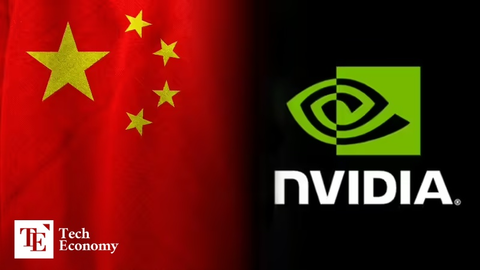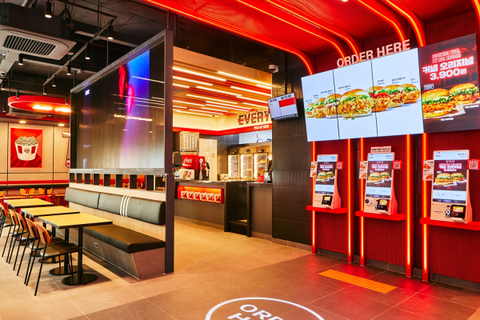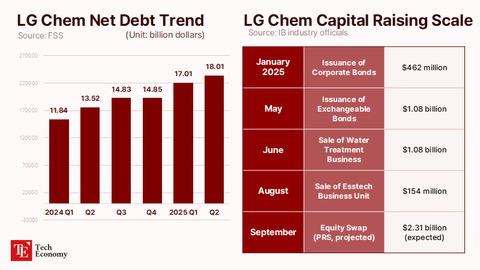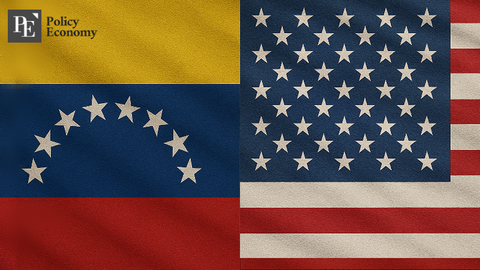"No Longer Special": Mounting Concerns Over OpenAI’s Waning Edge
Input
Modified
Fading first-mover advantage dilutes competitive edge
Technology-driven strategies fall short in a crowded race
Data access restrictions worsen model training conditions
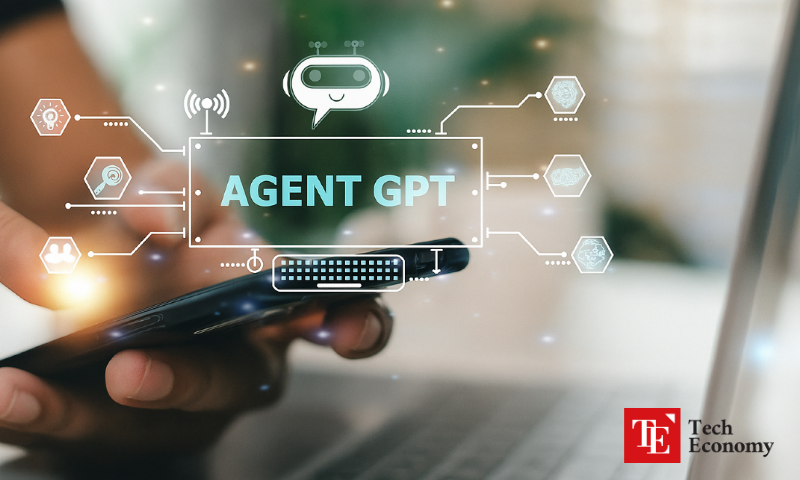
Once hailed as the unrivaled frontrunner in the artificial intelligence (AI) sector, OpenAI is now grappling with mounting concerns over its weakening position. As its technological edge erodes, a host of external challenges—including crawling restrictions by major search engines and rising investments from competitors—are intensifying doubts about the company’s competitiveness. In the face of an evolving generative AI landscape, data accessibility and cost resilience have emerged as critical variables in ensuring long-term ecosystem growth.
JP Morgan: “OpenAI’s Technical Advantage Is No Longer Clear”
According to industry sources on July 23 (local time), JP Morgan released a recent report stating that “OpenAI’s early advantages and brand strength are gradually diminishing due to intensifying competition.” As newer players close the gap, the exclusivity that once defined OpenAI’s offerings is now increasingly blurred. The report also warned that “OpenAI is unlikely to turn a profit before 2029, testing investor patience over what has been dubbed ‘vibe spending.’”
“Vibe spending” is a neologism combining heavy research and development (R&D) costs with the contemporary term “vibe coding.” It encompasses expenses related to computing infrastructure and talent acquisition. Industry observers note that with tech giants like Meta entering the AI race, labor costs—previously considered negligible—have risen significantly across the board.
Meanwhile, OpenAI’s flagship service architecture, once epitomized by ChatGPT, is increasingly vulnerable to user churn. “As technology matures, users begin to choose platforms based on not just functionality but also cost, integration, and sustainability,” JP Morgan noted. “This marks a pivotal moment where differentiation across the entire service experience becomes essential.” In response, OpenAI is seeking its next evolution, exploring OS-level platform architecture and developing AI agent-based services.
These efforts signal a shift away from simple conversational models toward more autonomous and intelligent agents—so-called “Agent GPTs.” Yet with competitors pursuing similar strategies, the ability to seize first-mover advantage is fading. While OpenAI’s product suite remains formidable, having a lead in isolated features no longer suffices to steer the entire ecosystem. That, at least, is the prevailing view in the market.
Tech Giants Outpace in Capital and Infrastructure
Another blow to OpenAI’s standing is the expansive investment surge from rival tech giants. Google, Meta, and Anthropic are injecting massive R&D budgets into AI development in a bid for leadership. Meta, for instance, is expanding the reach of its open-source LLaMA series to accelerate technological diffusion, while Google is leveraging its Gemini series and its offshoots to broaden its market influence. These moves suggest that the age of monopolized AI dominance is giving way to a more pluralistic paradigm.
Startups are also gaining traction. New entrants like Cohere and Mistral are carving out niche markets with distinctive strategies, experiencing rapid growth in the process. Armed with lean development pipelines and flexible API policies, these firms are agile in responding to enterprise needs. In contrast to OpenAI’s more closed architecture, such approaches are attracting defectors from its customer base.
The battle for AI dominance has thus shifted beyond sheer technical sophistication. The new imperative is how swiftly companies can productize innovations and integrate them into scalable service ecosystems. While model performance once reigned supreme, factors like ease of API integration, customizability, and licensing flexibility are now driving competition. As OpenAI’s technical lead diminishes, strategic operations and platform-building capabilities are emerging as new pillars of strength.
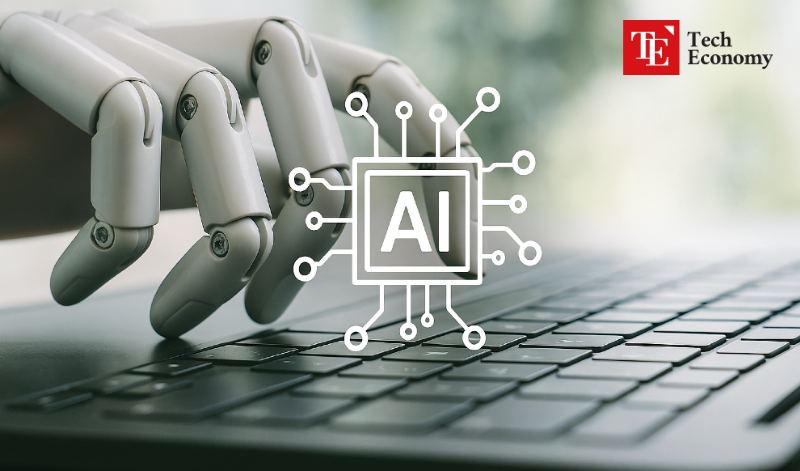
Data Access Woes Undermine Model Quality
A more fundamental challenge, however, lies in the deteriorating environment for data acquisition. As AI technologies evolve at breakneck speed, major content platforms are increasingly restricting web crawling access. The New York Times, Google, and Naver have begun either blocking crawling entirely or placing firm limits on data collection for AI training. Some platforms have gone as far as updating bot access protocols or outright blocking premium content from automated access.
OpenAI, which had long relied on large-scale web crawling to feed its GPT models, now finds itself unable to secure data on the same scale, as leading media and content providers raise copyright objections. At least nine major news outlets, including the New York Times, have filed lawsuits against the company, with several more reportedly preparing legal action.
This shift signals a profound challenge for the entire generative AI industry. As access to up-to-date news content, community discussions, and search data becomes increasingly restricted, the quality and diversity of AI-generated responses inevitably decline. In the long run, this could erode user satisfaction and weaken the competitiveness of AI services overall.
As a result, more companies are now moving away from unlimited crawling and instead securing training data through formal licensing agreements. But this too comes at a cost. The financial burden of licensing may widen the gap between firms, potentially exacerbating inequality within the ecosystem. With cracks now visible in infrastructure quality and limits emerging in technological advancement, each company’s ability to navigate these hurdles will ultimately determine its competitive edge.



